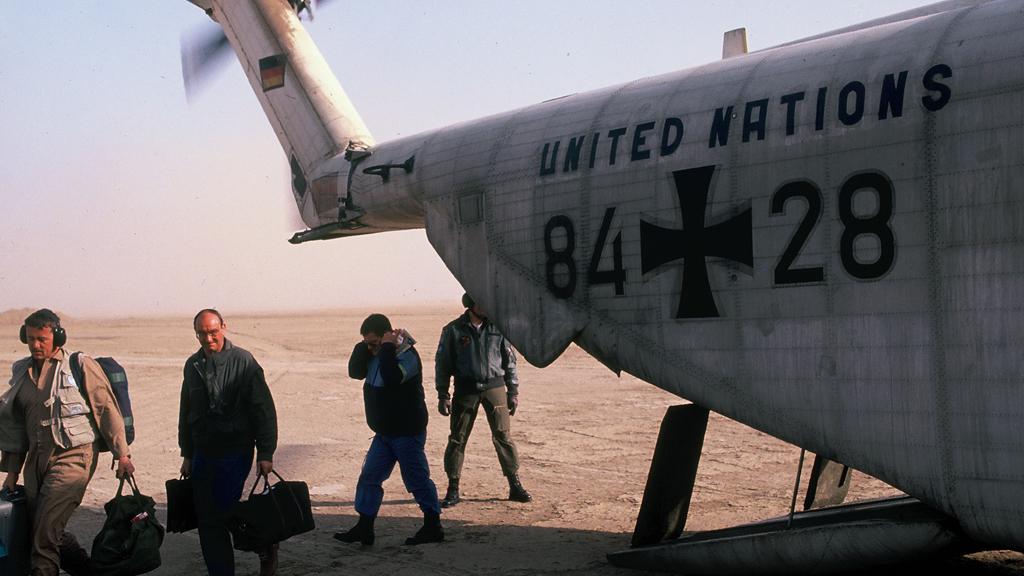Since the advent of functioning societies people have sought to control the holding of weapons as either a tool of subjugation, as part of a demilitarisation programme to minimise the potential for conflict or to facilitate the resolution of conflict.
Weapon threat identification recognises that the uncontrolled possession of weapons increases the probability of crime or conflict and conversely that their control or destruction facilitates the maintenance of a secure and stable environment. The achievement of the control or destruction of weapons may require the agreement of states or weapons inspection may be imposed on states or parties as a condition of defeat. This is most obviously illustrated in the case of Iraq at the end of the Gulf War. The weapons subjected to an arms control regime include blades, projectiles, small calibre direct fire weapons, indirect fire weapons, landmines, rockets, artillery, missiles, weapons of mass destruction (WMD) and their associated delivery systems.
The location of weapons may be relatively simple involving the state or party taking the inspectors to declared sites or a highly complex operation requiring the most sophisticated intelligence gathering capabilities, detailed analysis and planned and systematic search.
While the identification of many weapons is relatively straight forward, a rifle is most obviously a rifle and an air delivered bomb visibly that, when broken down into their component parts either to deliberately deceive or as part of a manufacturing, demilitarisation or storage regime it may be difficult for the most experienced inspectors. The potential for dual use adds another level of complexity to identification particularly when dealing with improvised or unconventional weapons.
Once identified, compliance with the terms of the weapon inspection protocol will usually be implemented through destruction, securing or monitoring. Weapons inspection, the key compliance element of arms control, reduction, limitation and destruction regimes, has at its best achieved some noteworthy successes; at its worst it has been a considerable failure.
